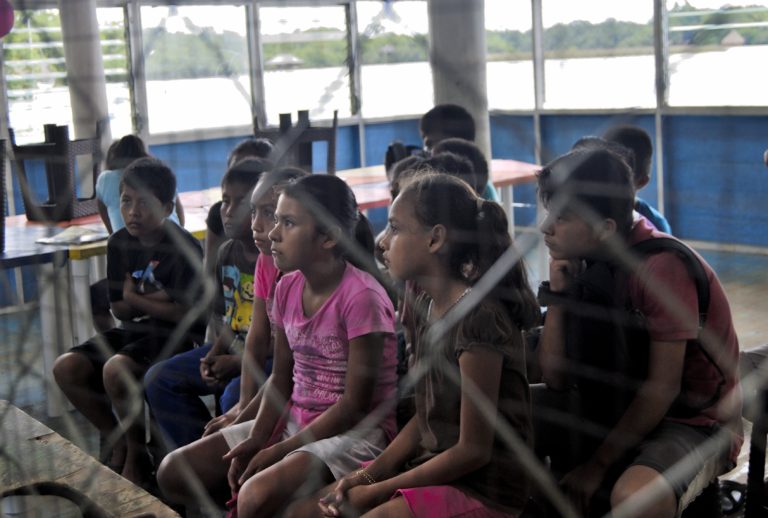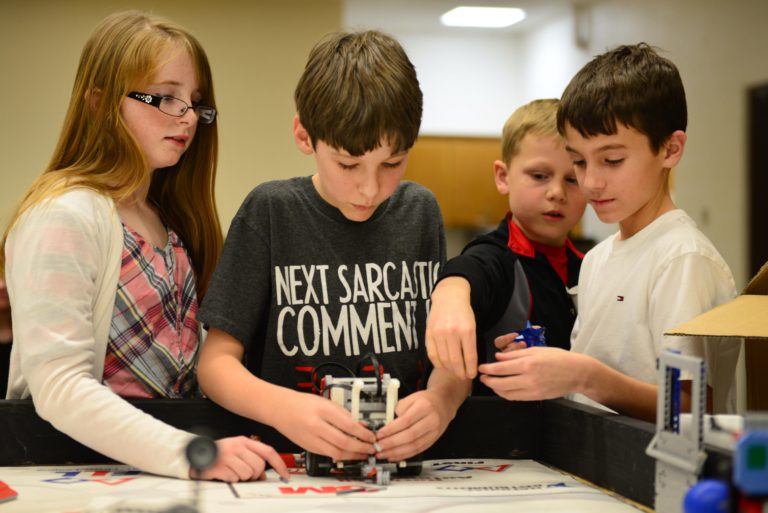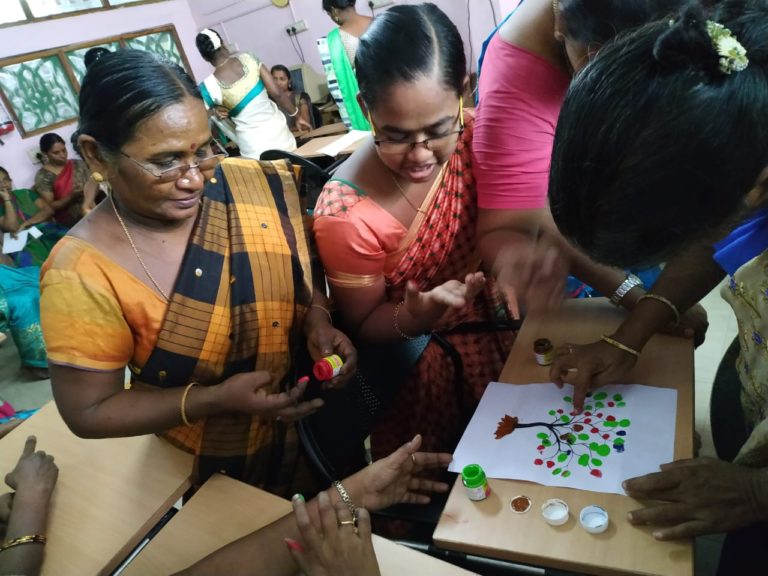
I recently visited a high school in Cambridge, UK and had the opportunity to observe the class dinamics. The main methodologies used were inquiry-based learning and experience-based learning.
Inquiry-based learning is a form of active learning that starts by posing questions. It emphasize the individual ability of creating meaning from understanding and manipulating given information. It involves developing questions, making observations, researching, designing experiments, collecting data, analyzing them and interpreting results (Inquiry-based learning, s.f.). There are several levels of inquiry-based learning depending on the teacher’s participation:
- Level 1: Confirmation inquiry
The teacher explains a topic and then asks questions to confirm that students have understood it. It also serves to reinforce concepts.
- Level 2: Structured inquiry
The teacher asks an initial question and gives a brief summary of the process that will be followed. Students construct explanations evaluating and analyzing the data obtained.
- Level 3: Guided inquiry
The teacher asks a research question and students are responsible for designing and following their own procedures to solve the question and communicate their results.
- Level 4: True inquiry
Students formulate their own research questions, design and develop their own procedures and communicate their results.
It is necessary to start at lower levels so that students are finally able to formulate their own questions.
In the classroom, the teacher proposed interesting questions that in addition to capturing the attention of the students and encouraging their participation, guided the development of the class. Through questions and answers, the teacher and the students constructed the knowledge. There were variations, students could solve questions individually, in pairs or in groups and finally they shared all the answers; from which the teacher kept asking questions until reaching together the expected conclusions.
Homework also had interesting and current statements and proposed practical exercises in which students had to design experiments and solve enigmas.
If participation was low, to select the student who would solve the next question, a pair of dice were thrown and the number that came out was counted, the selected student had to solve the question and is in charge of the dice in the next turn. An interesting way to bring more dynamism to the class.
Bibliography:
Inquiry based learning (s.f.). Wikipedia. Recuperado de: https://en.wikipedia.org/wiki/Inquiry-based_learning



